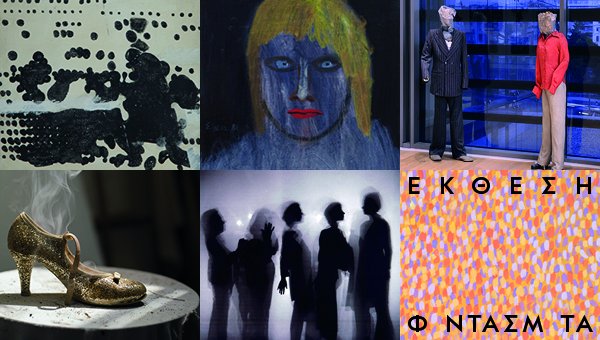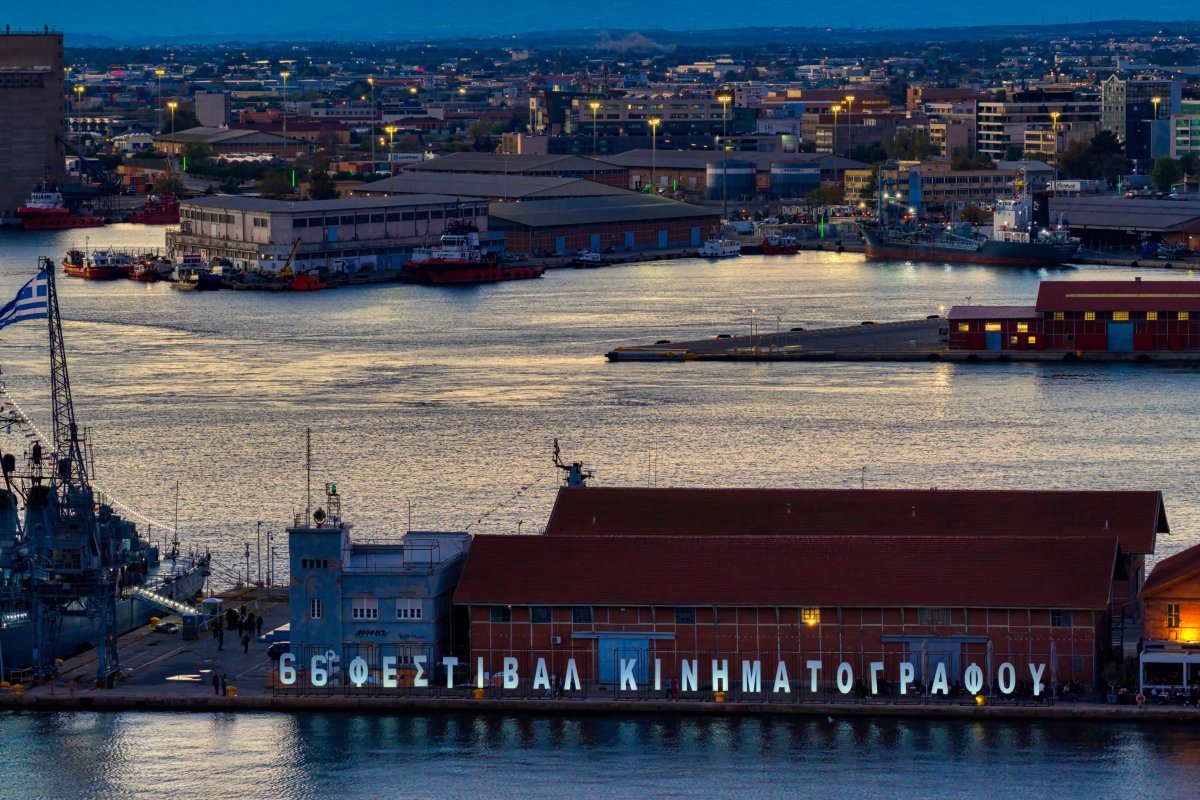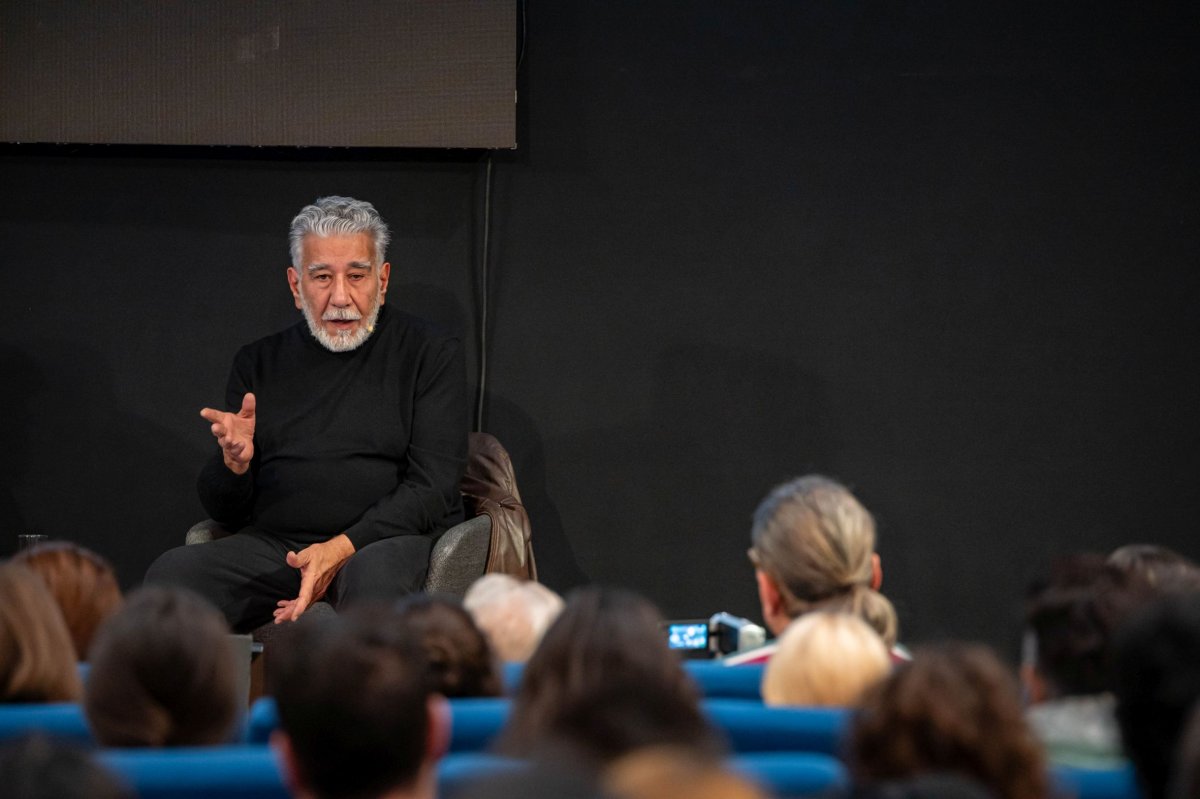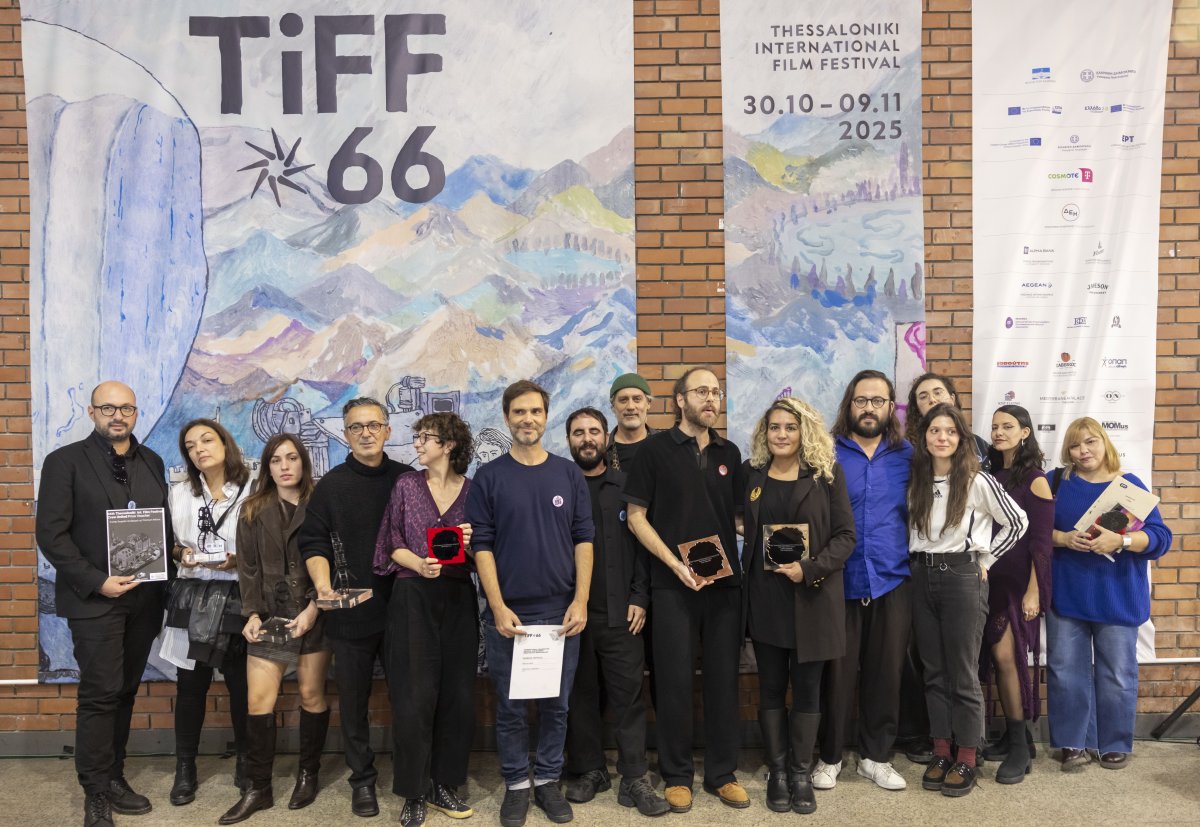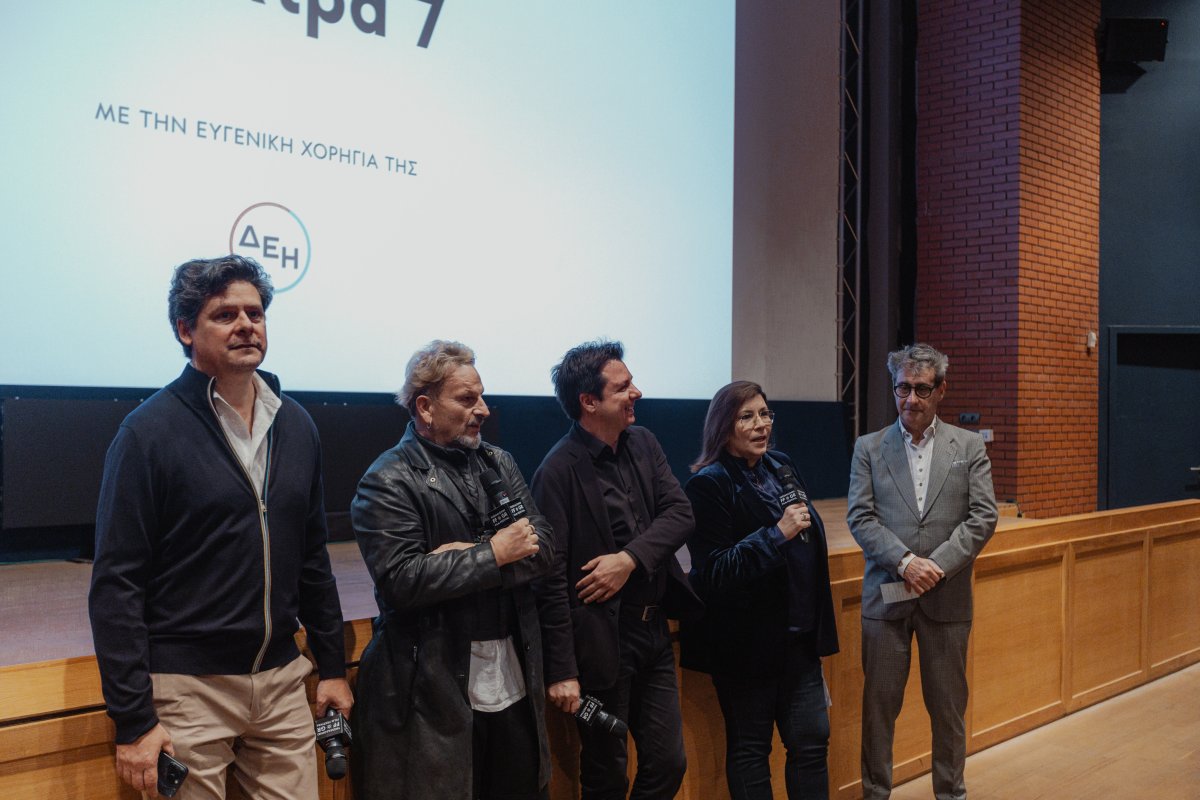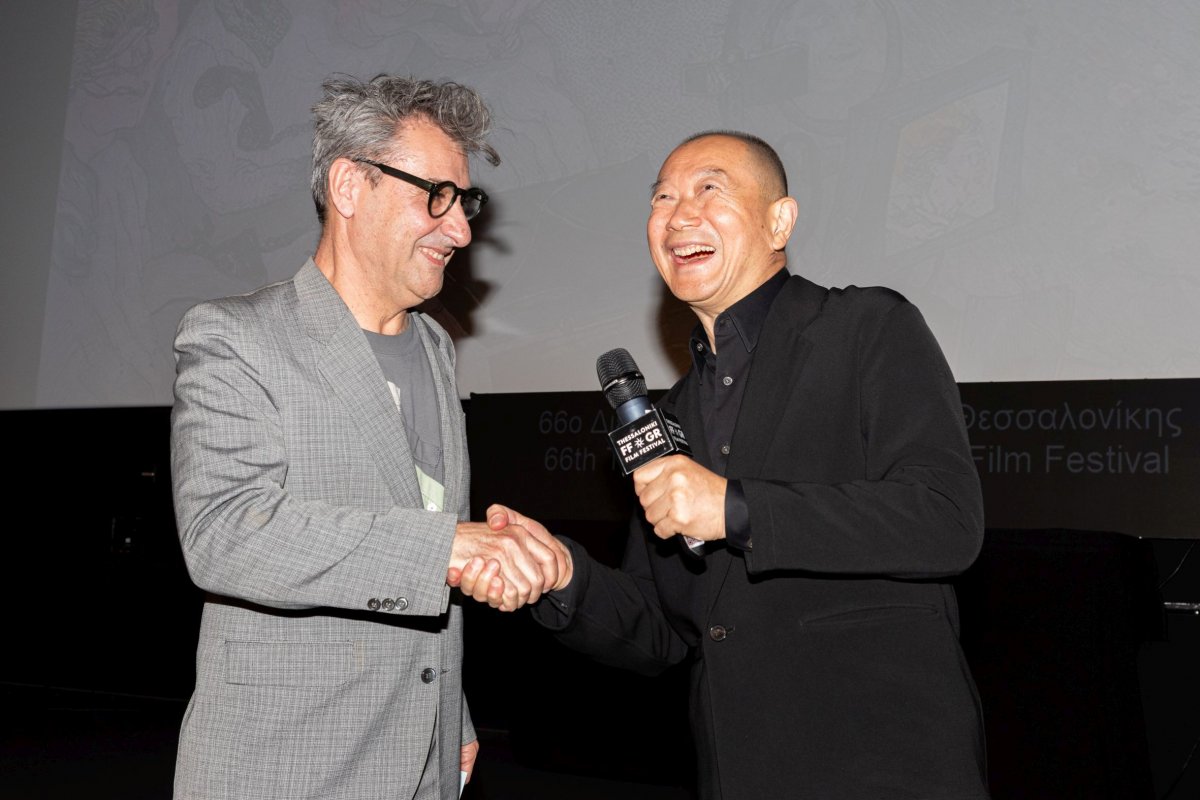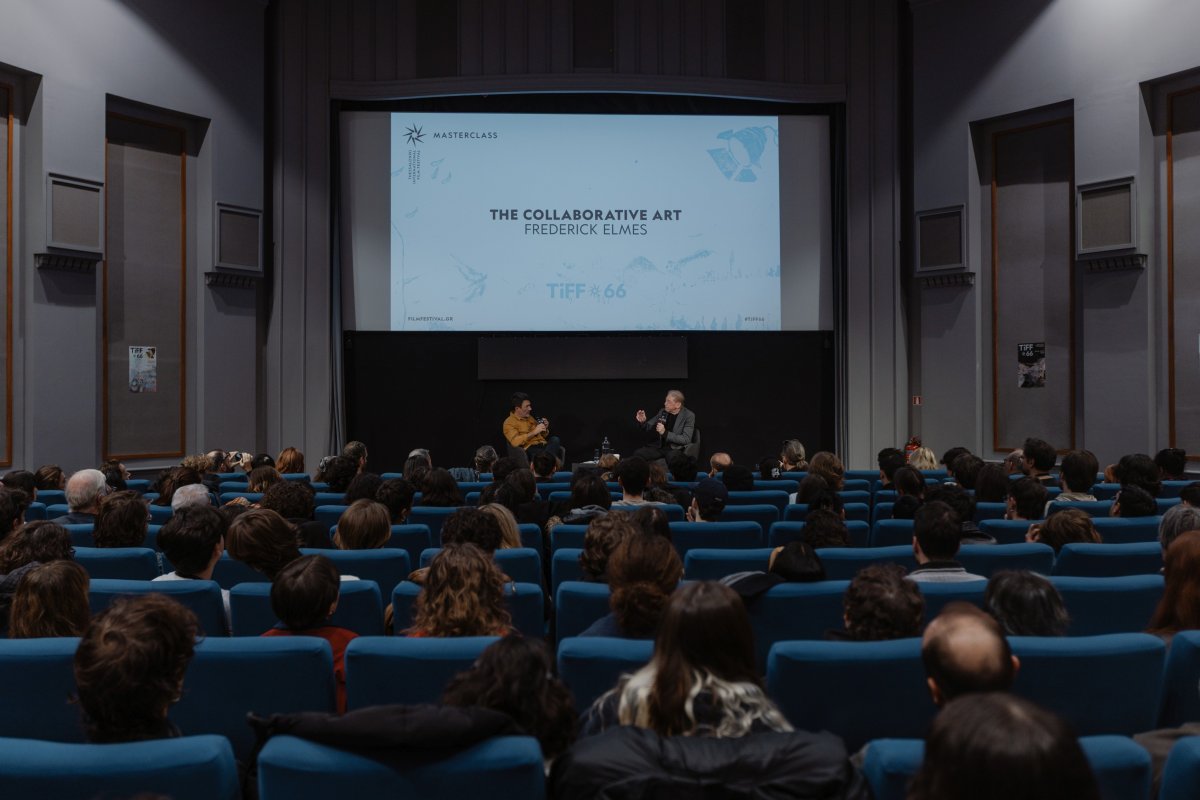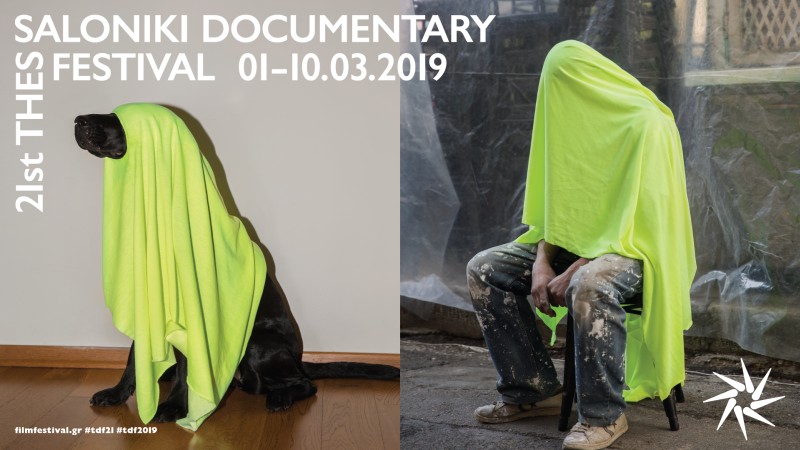Four of the most renowned Greek visual artists from the second half of the 20th century, who have passed away, return to the present day through a series of works that changed the course of contemporary European art. The 64th Thessaloniki International Film Festival is hosting a large-scale visual art exhibition, showcasing the works of Nikos Kessanlis, Vlassis Caniaris, Celia Daskopoulou and Jason Molfessis, within the framework of its grand tribute to Fantasmas.
Their iconic work, more topical than ever, is presented in the exhibition as part of a constant process of return. As laid out by the Festival’s artistic director in his curatorial note: “Nikos Kessanlis, Vlassis Caniaris, Celia Daskopoulou and Jason Molfessis return to our present through a series works that seek to be reevaluated and, under the umbrella of the title Fantasmas, raise an amplitude of questions on the notion of imaginary world’s representation, the phantasmagoric memory of the shadows, the absence of life, the forms of technology. A young photographer (Dimitris Tsoumplekas) places them under his scope and comments on them through his lens. He adds bits and pieces of life, opens ruptures in time, follows down the riverbed of time, accumulates old clothes and books – he worships the long-forgotten objects of a country rightfully owned by ghosts.
Nikos Kessanlis (1930-2004) showcased the series titled The Phantasmagorias of the Identity in May and June 1965, in Berlin, Rome and Paris, which falls into the Mec Art movement. Kessanlis placed a number of people behind a transparent screen and asked them to pose and move in different postures, while illuminating them with headlights. The shadows that appeared on the screen were photographed by Kessanlis, who achieved an immense amplitude of photoshades, hues of black and white and distortions of the outline. The majestic shadows of Kessanlis’ human figures spring out of the folklore tradition of “The Dead Brother’s Song” (“the living to walk along with the dead”), claiming for their eternal return to the timeless present.
Vlassis Caniaris’ (1928-2011) first rag dolls date back to 1962; in reality, pieces of clothes devoid of human flesh. The external shell looked like a lifeless and spiritless shape, a ghost seeking to recapture his long-gone earthly dimension. In 1964, his dolls, rapidly gaining ground within his creative work, were showcased in the Parisian gallery J. They went on to take various forms and were placed in influential works of political signifiers, stranded in the streets of Athens and in Urinals, playing Hopscotch and contemplating on the relation of The Painter and His Model. Headless empty suits of real people, ghosts of contemporary Greek history, estranged and alienated, incapable of inhabiting neither the past nor the present.
Celia Daskopoulou’s debut solo exhibition was held in Athens, in 1962 (Nees Morfes). She lived in Paris for a brief period of time and by 1970 she had earned a prominent place in the visual art scene of Athens. Her work brims with anti-naturalistic (mostly) women portraits, which allude to masks of otherworldly creatures. She completed more than 100 portraits of this type, often given ironic titles that challenge the conventional gender-based social roles attributed to women at the time. The raw and almost disfigured faces of Daskopoulou’s women are endowed with the gaze of ghosts – blue in most instances. All of them are cast against a monochromatic background, staring us behind the veil of a clinical yet tender cruelty.
Jason Molfessis (1925-2009) lived and worked mainly in Paris, and first drew the spotlight for his large-dimension sculptures, placed in open exterior spaces. His work revolves around a painful process of philosophical queries on time, space, the future and the past. Around 1966-1967 he started to encompass the encoded language of the first computers in his work, transcribing the pattern of dark dots and white surfaces found in the first computer tapes onto wrought pencil. This way, and with the purpose of commenting on the invasion of technology’s ghost, Molfessis creates his first reliefs, making use of materials such as polyester, plaster metal and aluminum sheets.
The exhibition “FANT SM S”, curated by the Festival’s artistic director, Orestis Andreadakis, will be hosted in the Glass House, at Pier 1 (Port of Thessaloniki), from 3 to 12 November, with a free admission. The opening will take place on Friday November 3rd, at 7pm. Dennis Lim, artistic director of the New York Film Festival and internationally acclaimed film critic, serves as guest curator of the 64th TIFF’s tribute to Fantasmas.
FANT SM S
Duration: 3/11/2023 - 12/11/2023
Opening: 3/11/2023, 18:00
Host: Thessaloniki International Film Festival
Venue: Glass House
Address: Pier 1, Port of Thessaloniki
Working hours: 10am-10pm
Admission: Free
Curation: Orestis Andreadakis
Production-Coordination: Thanos Stavropoulos
The assembly of the exhibition’s works was carried out with the support of the National Gallery - Alexandros Soutsos Museum, Kalfayan gallery, a.antonopoulou.art και CAN Christina Androulidaki, which conceded the works to the Festival. We would also like to thank the Municipality of Thessaloniki for the concession of the Glass House for the exhibition's purposes.


